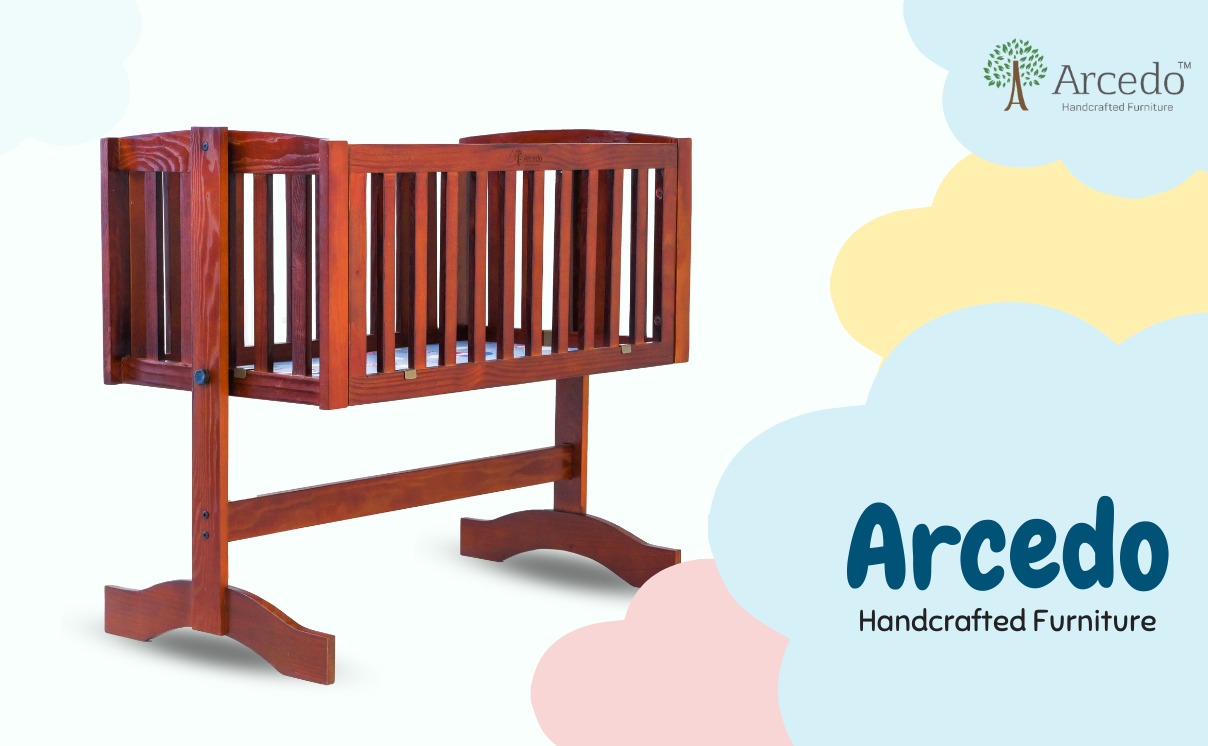
When it comes to designing a child’s space, the color of the furniture plays a crucial role. Colors have a profound impact on a child’s development, emotions, and well-being. In this guide, we’ll explore the fascinating world of color psychology in kids’ furniture and offer tips on how to select the right hues to create a nurturing and stimulating environment for your little ones.
The Psychology of Colors for Kids:
Understanding the psychology of colors is the first step in making informed decisions about your child’s furniture. Different colors can evoke a range of emotions and have varying effects on children.
Red:
This color is thought to evoke excitement and vitality. It can stimulate a child’s creativity and passion but should be used sparingly as it can also be overwhelming.
Blue:
Known for its calming effects, blue is an excellent choice for kids who need a peaceful environment. It can enhance focus and concentration.
Yellow:
Yellow is frequently connected to joy and optimism. It’s a great choice for creating a cheerful and inviting space.
Green:
Green is associated with peace and nature. It can promote a sense of balance and relaxation, making it suitable for playrooms and bedrooms.
Pink:
Pink is often used for girls’ rooms and is associated with sweetness and love. However, it’s important not to stereotype; pink can be a lovely color choice for boys as well.
Purple:
Purple encourages imagination and creativity. It’s a great choice for kids who love to dream and explore.

Gender-Neutral Options
In today’s world, gender-neutral options are becoming increasingly popular. Choosing colors that are not strongly associated with a specific gender can create a more inclusive and open-minded environment. Colors like soft gray, mint green, and pale yellow work well for both boys and girls, ensuring that the room is inviting to all children.
Stimulating Creativity with Colors
If you want to boost your child’s creativity and imagination, consider incorporating vibrant and bold colors into their furniture and room decor. Colors like orange and bright red can inspire a sense of adventure and enthusiasm. Combine these with creative patterns and designs to create an inspiring space for your child.
Calm and Soothing Choices
While stimulating creativity is important, it’s equally crucial to have spaces that promote relaxation and sleep. Soothing colors like soft blues and muted greens can create a tranquil ambiance, perfect for bedtime. These colors can help your child unwind, making it easier for them to fall asleep peacefully.
Safety and Durability
When selecting colors for kids’ furniture, it’s not just about aesthetics. Safety and durability are paramount. Ensure that the paints and materials used are non-toxic and child-safe. Additionally, opt for colors that are easy to clean and maintain. Kids can be messy, and furniture should be able to withstand the wear and tear of everyday life.
Combining Colors
Creating a harmonious look in your child’s room involves combining colors effectively. Consider using a primary color as a base and then adding complementary shades to achieve balance. For example, if you choose a pale blue as the primary color, you can add accents of yellow and green to create a cheerful and balanced room.
Personalizing with Accessories
Accessories are a wonderful way to add more color and personality to your child’s space. Incorporate colorful decorations, bedding, and textiles to enhance the overall look. These accessories can be easily changed as your child grows, allowing you to adapt the room’s color scheme to their evolving tastes and preferences
Practical Considerations
Keep practical considerations in mind when choosing colors for kids’ furniture. Take into account the room’s dimensions and the quantity of natural light it gets. Lighter colors can make small rooms appear more spacious, while darker colors can add warmth to larger spaces. Additionally, think about the functionality of the furniture and how the colors you choose can complement its purpose
In conclusion, color psychology plays a vital role in creating a nurturing and stimulating environment for your child. By understanding the psychological impact of colors and considering factors such as gender-neutrality, creativity, calmness, safety, and practicality, you can make informed decisions when choosing colors for kids’ furniture. With the right hues, you can create a space that promotes your child’s development and well-being while reflecting their unique personality.
We hope this guide helps you make the best choices for your child’s room, ensuring it’s a space where they can learn, play, and grow in harmony with their surroundings.




